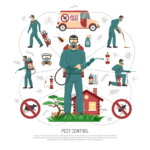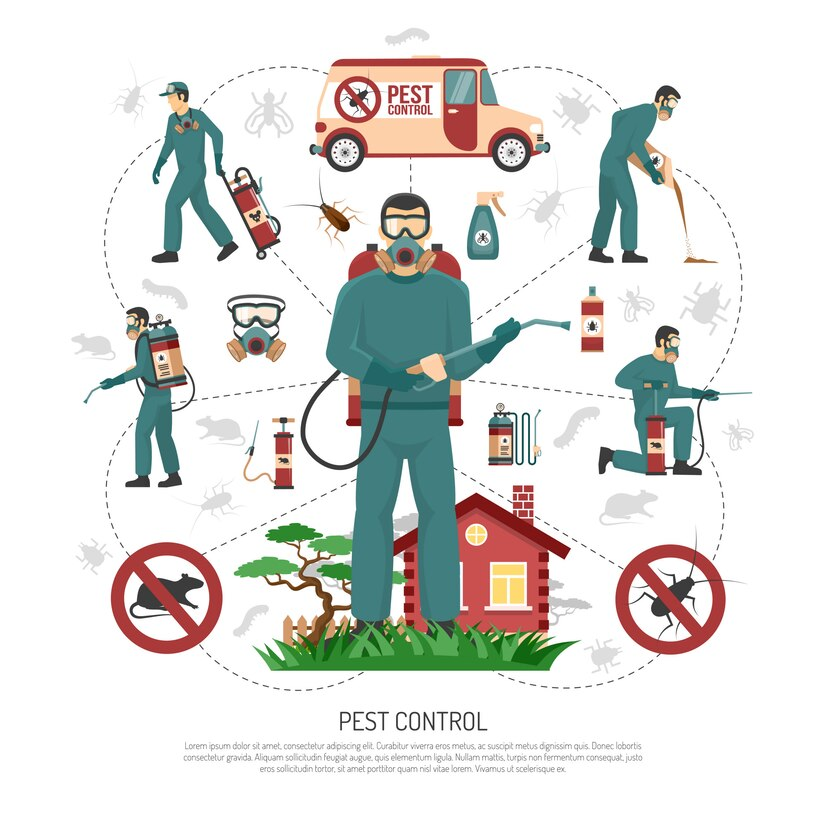Customizing your service manual is a strategic move that can streamline operations, enhance customer satisfaction, and boost efficiency within your business. By tailoring your Service Manual to fit your specific needs, you ensure that your team has a clear, comprehensive guide to follow in delivering top-notch service.
Branding and Formatting: Start by incorporating your company’s branding elements such as logo, colours, and fonts into the manual. This not only reinforces brand identity but also makes the Service Manual visually appealing and easily recognizable to your team.
Customized Sections: Analyze your business operations and determine which sections are most relevant to include in your service manual. Customize sections based on the unique services or products your business offers. For instance, if you run a software company, include sections on troubleshooting common software issues.
Tailored Procedures: Refine standard procedures to align with your business’s specific processes and workflows. Include step-by-step instructions, checklists, and diagrams to make procedures easy to follow. Personalize examples and scenarios to reflect common situations encountered in your industry.
Employee Roles and Responsibilities: Clearly outline the roles and responsibilities of each team member involved in delivering the service. This helps avoid confusion and ensures accountability. Tailor job descriptions to match the specific tasks and duties performed within your business.
Client Communication Guidelines: Develop communication protocols for interacting with clients. Customize scripts, email templates, and phone etiquette guidelines to reflect your business’s tone and style. Include tips for handling challenging situations and maintaining professionalism.
Service Standards and Quality Assurance: Define service standards and quality benchmarks that reflect your business’s commitment to excellence. Customize performance metrics and evaluation criteria to measure adherence to these standards. Provide examples of exceptional service to inspire your team.
Safety and Compliance Measures: If your business operates in a regulated industry or deals with potentially hazardous materials, customize safety protocols and compliance measures accordingly. Ensure that your team is trained to handle emergencies and follow industry regulations.
Feedback and Improvement Processes: Implement mechanisms for collecting feedback from both customers and employees. Customize feedback forms and surveys to gather actionable insights. Outline procedures for reviewing feedback, implementing changes, and continuously improving service quality.
Resource and Equipment Specifications: Include detailed information about the tools, equipment, and resources required to deliver your services effectively. Customize lists of supplies and materials based on your business’s unique requirements. Provide guidelines for equipment maintenance and troubleshooting.
Training and Development Resources: Customize training materials and resources to support ongoing learning and development within your team. Include training modules, workshops, and resources tailored to address specific skill gaps or areas for improvement.












